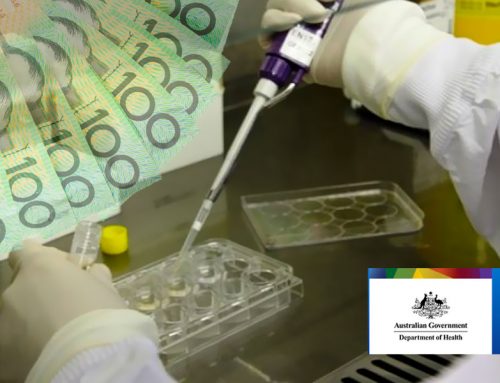NEW research has found that Australian ticks carry Borrelia bacteria. However, it is not Lyme Borrelia, which has been long debated, but rather Australian Borrelia that belongs to a unique hybrid group.
Currently there are 3 medically accepted groups of Borrelia. B.burgdorferi (USA and Europe), relapsing fever Borrelia (Asia, Africa, South America and USA) and reptilian Borrelia, which is a combination of burgdorferi and relapsing fever group (Asia, Australia and Africa).
The Karl McManus Foundation’s Mualla McManus says, “Australian Borrelia is more like the reptilian Borrelia. This means its DNA (genome) consists of a combination of relapsing fever and burgdorferi sequences.”
“This helps explain why some people get a positive result from Lyme disease tests, including antibody and PCR (DNA) based tests”, McManus said.
People infected with relapsing fever Borrelia have a 40% chance of getting a positive result from a Lyme disease antibody test. The reason for this is that it has core Borrelia DNA sequence.
Reptilian Borrelia has burgdorferi and relapsing fever DNA sequences. If your primers (DNA binding tags) target burgdorferi sequences they will bind to the burgdorferi sequences in reptilian Borrelia. If you only have amplified a small segment your sequences it will show B.burgdorferi including Lyme Borrelia, but you are unable to say it is Lyme disease positive.
Michelle Wills (who is Michelle Wills – doctor, scientist –include title), grew Borrelia from Manning river ticks and sequenced one amplification result. The results were: B.garinii Borrelia with 2 amino acid variations from 400 base pairs. Despite this result one cannot say that it is proof that B.burgdorferi is carried by Australian ticks. The whole genome needs to be sequenced before you can conclusively say it is Lyme Borrelia.
The denial of Lyme disease in Australia is based on the fact that the definition of Lyme disease is attributed to the original 1970 – 1980 definition of Lyme being caused by a single North American string of Borrelia Burgdoferi Sensu Stricto.
McManus says, “Reptilian Borrelia was discovered in 2004 so in the 1990’s this characteristic of Borrelia was not known. It is non-scientific and unfair to deny evidence of these tick-borne bacteria in Australia, especially with the growing number of Australians claiming to have contracted it locally.”
“The problem isn’t evidence, it’s lack of prioritised researched”, she said.



Thank you Mualla for your ongoing commitment to this cause.
It’s a shame to see discussion focused on the name, when we should just accept that a debilitating condition exists and provide appropriate benefits and treatment.